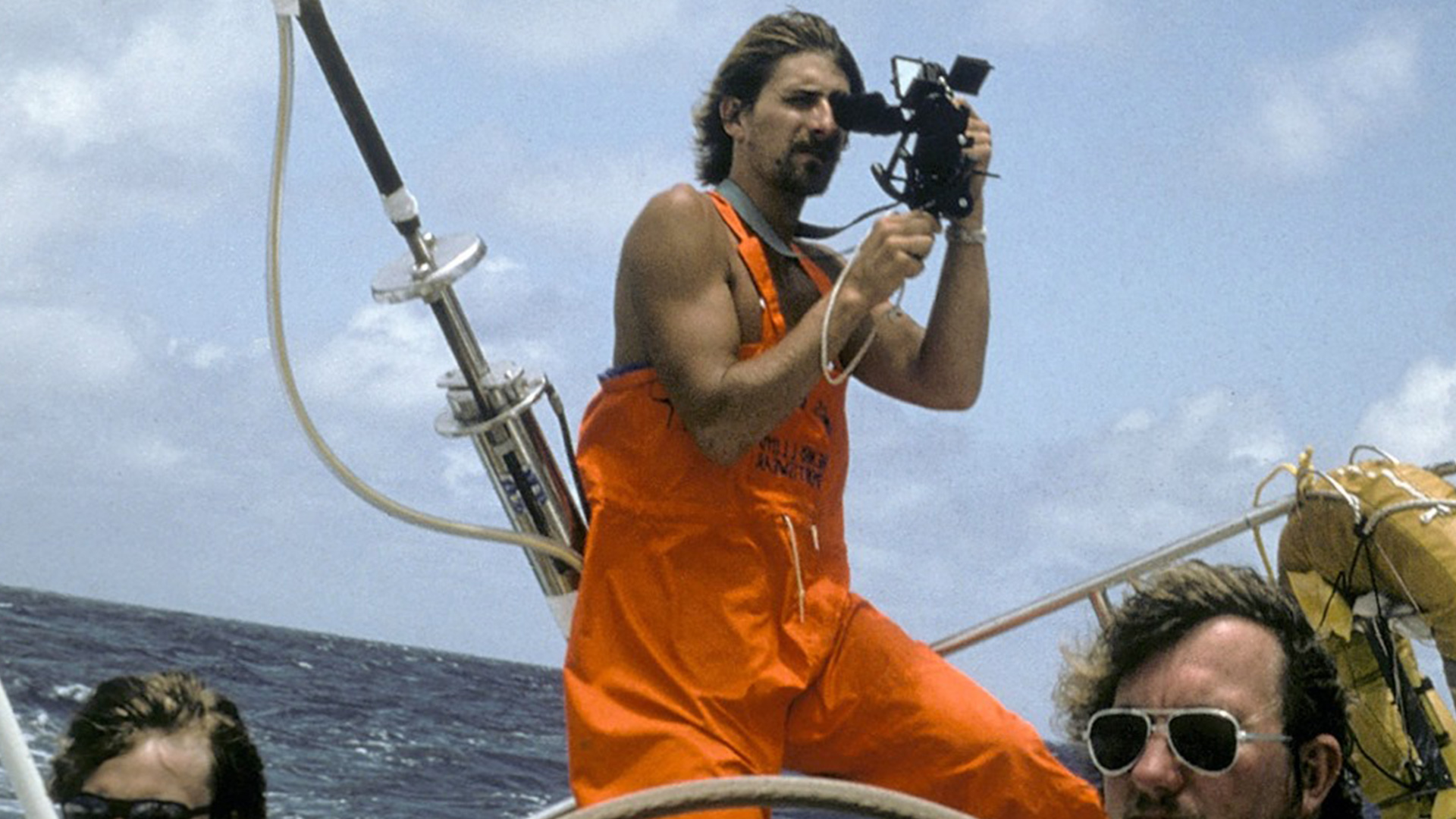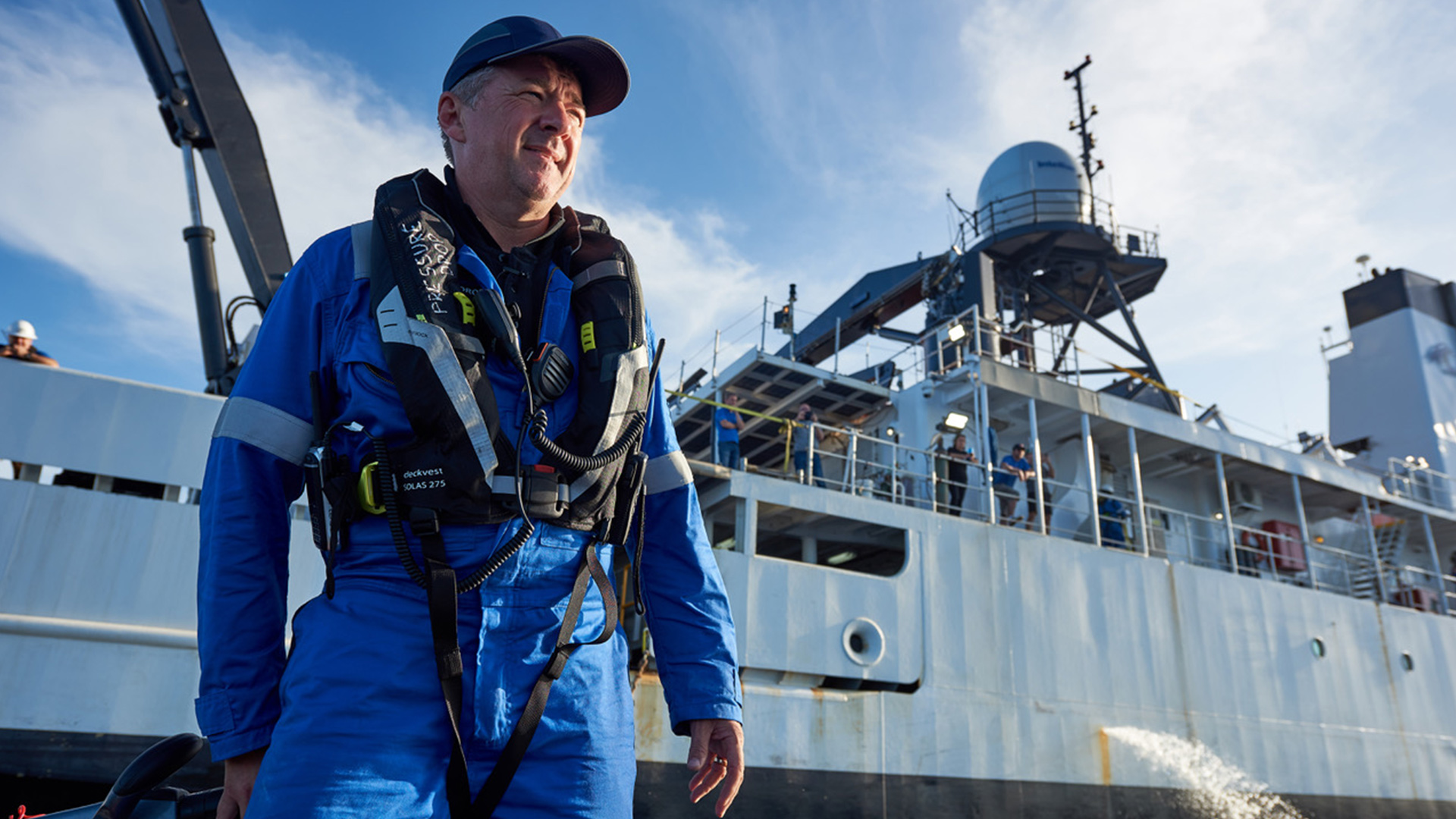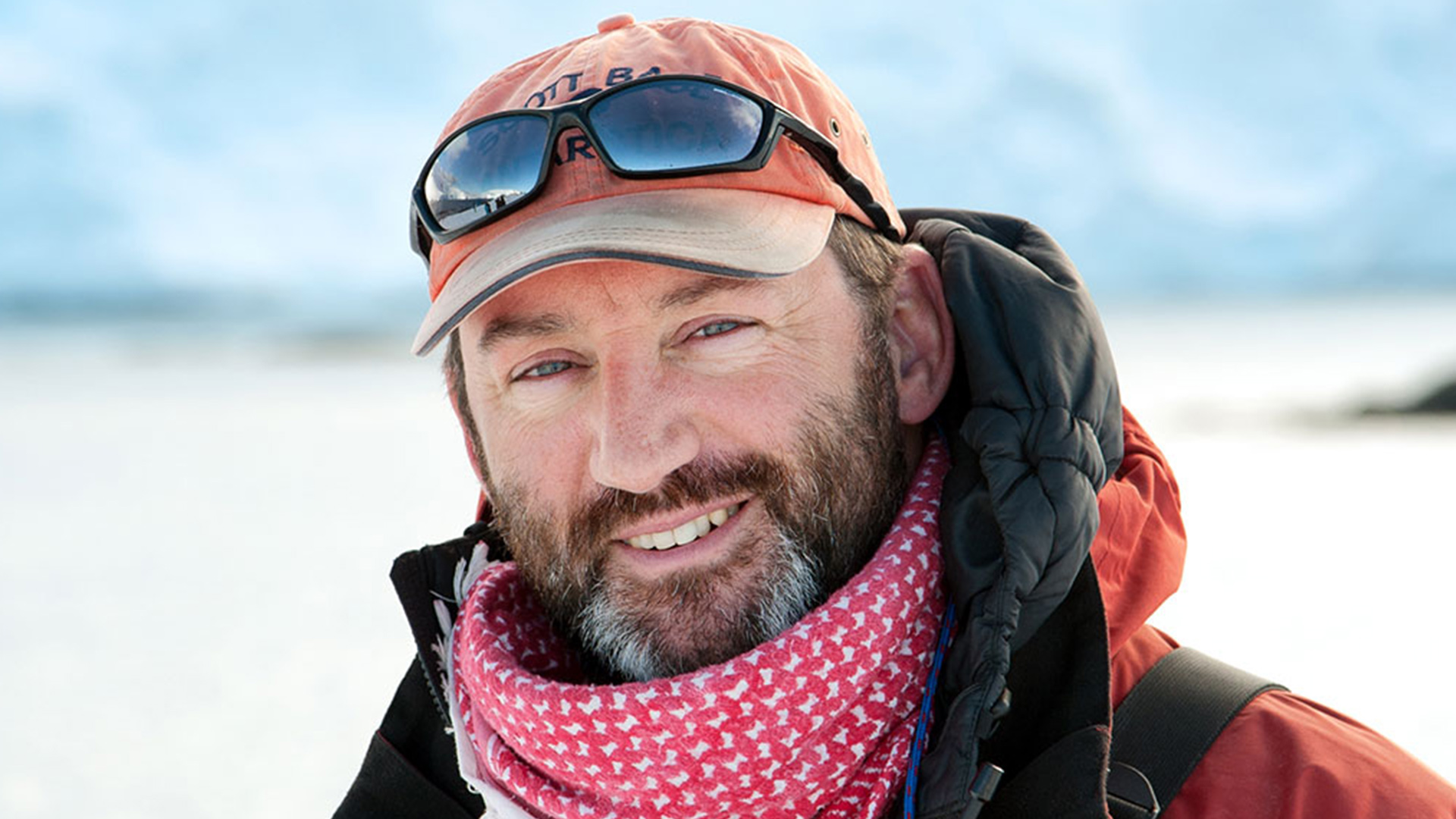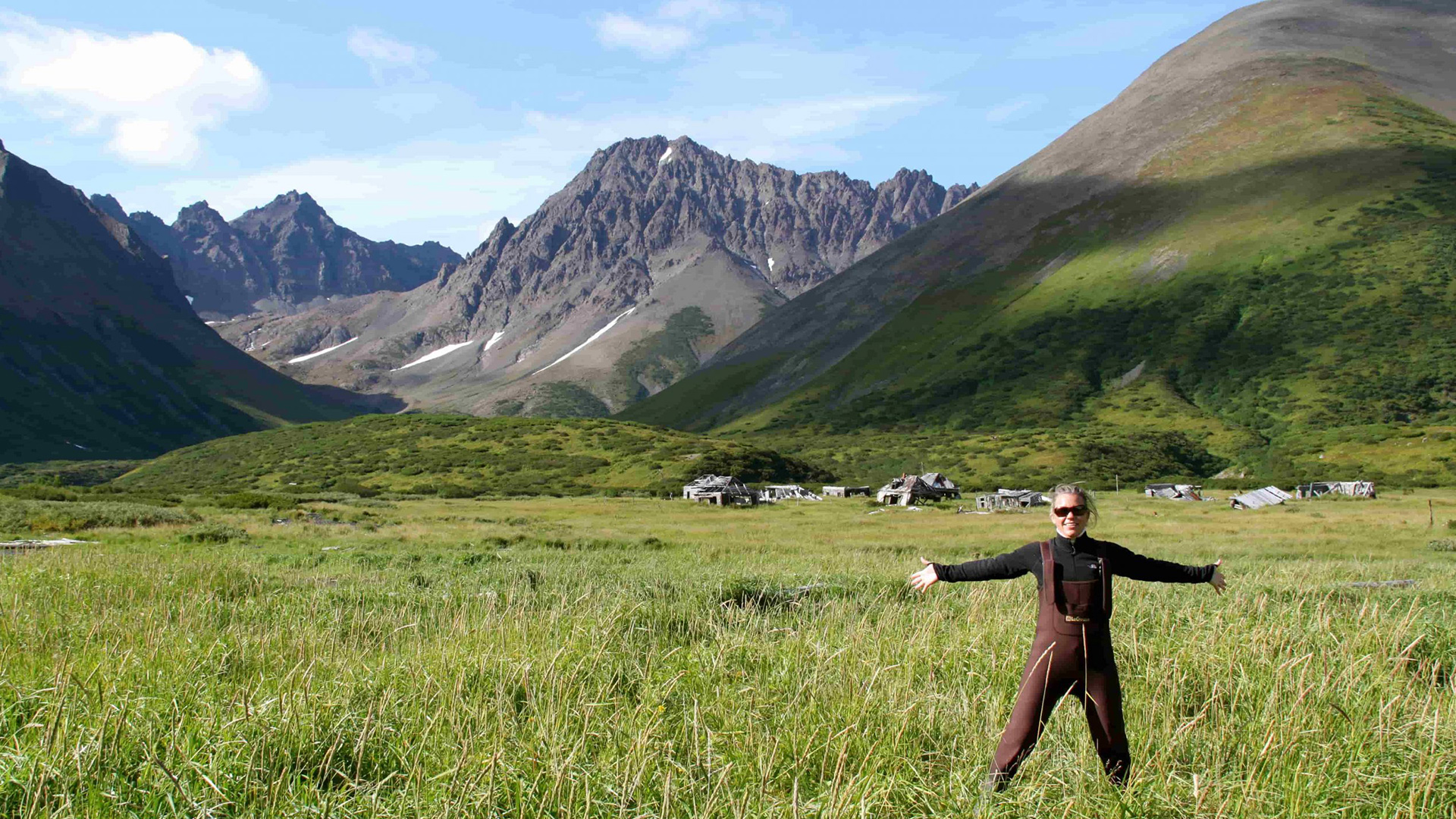Join us for a conversation with a true sailing maverick about the polar regions, EYOS, and his work in bringing the two even closer together.
Skip Novak is a renowned name in the world of polar exploration and best known for his participation in four Whitbread Round the World Yacht Races including three as skipper with Alaska Eagle, Drum and Fazisi. His captivating journeys through the high latitudes and icy expedition accomplishments have solidified his reputation as one of the preeminent experts in polar sailing. Now, Novak’s significant involvement with EYOS as Director of Sailing Operations has not only facilitated safe and responsible exploration but has also opened up opportunities for intrepid adventurers, researchers, and enthusiasts to witness the breathtaking beauty and unparalleled landscapes of the Arctic and Antarctic.
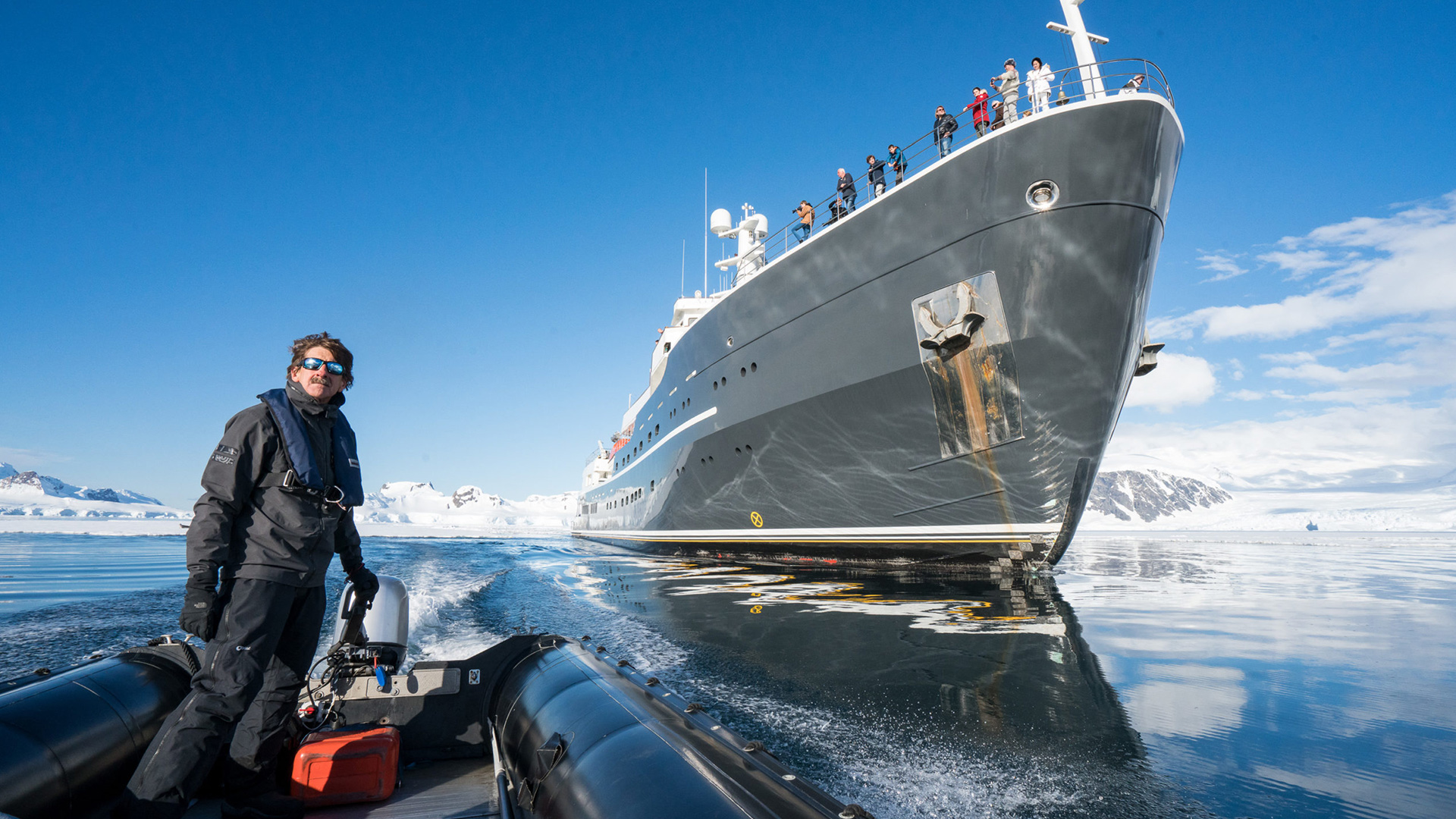
Can you share some of the most memorable moments from your sailing expeditions in the polar regions? How have these experiences shaped your perspective on these unique environments? What draws you to them over simpler sailing in the Caribbean or the Mediterranean?
I believe that, after almost 40 years sailing to high latitudes it is impossible to focus on a single adventure as outstanding; they all were noteworthy. Not because of the terrain, the wildlife, or from the challenges of ice and weather, but more so due to the people I did them with – a true kaleidoscope of characters. I suppose that is my legacy, having facilitated these voyages for many people, over almost four decades.
I lost interest in sailing classically to the usual Mediterranean and Caribbean venues for the simple reason of overcrowding, which was evident very early on in my sailing career. Hence, the transition from many around-the-world yacht races to expedition sailing was logical and seamless. I felt the need, philosophically, to spend as much of my time as possible in remote areas mainly with mountainous terrain to satisfy my other passion which is alpine mountaineering and ski touring. Having started down south in the 1987/88 season on sponsored expeditions climbing mountains and making films this morphed into a business model in 1991 as ‘Pelagic Expeditions.’ Although I wasn’t the first to have had this idea of ‘sailing to climb’ I was certainly an early pioneer of this genre and one of a handful of sailors to offer these trips as crewed charters, back in 1990/91 on the 54-foot Pelagic. This grew at a comfortable pace and we have never looked back, now on our third iteration of expedition sailing vessels with the 77-foot Vinson of Antarctica soon to be joined by a sistership in June of 2024.
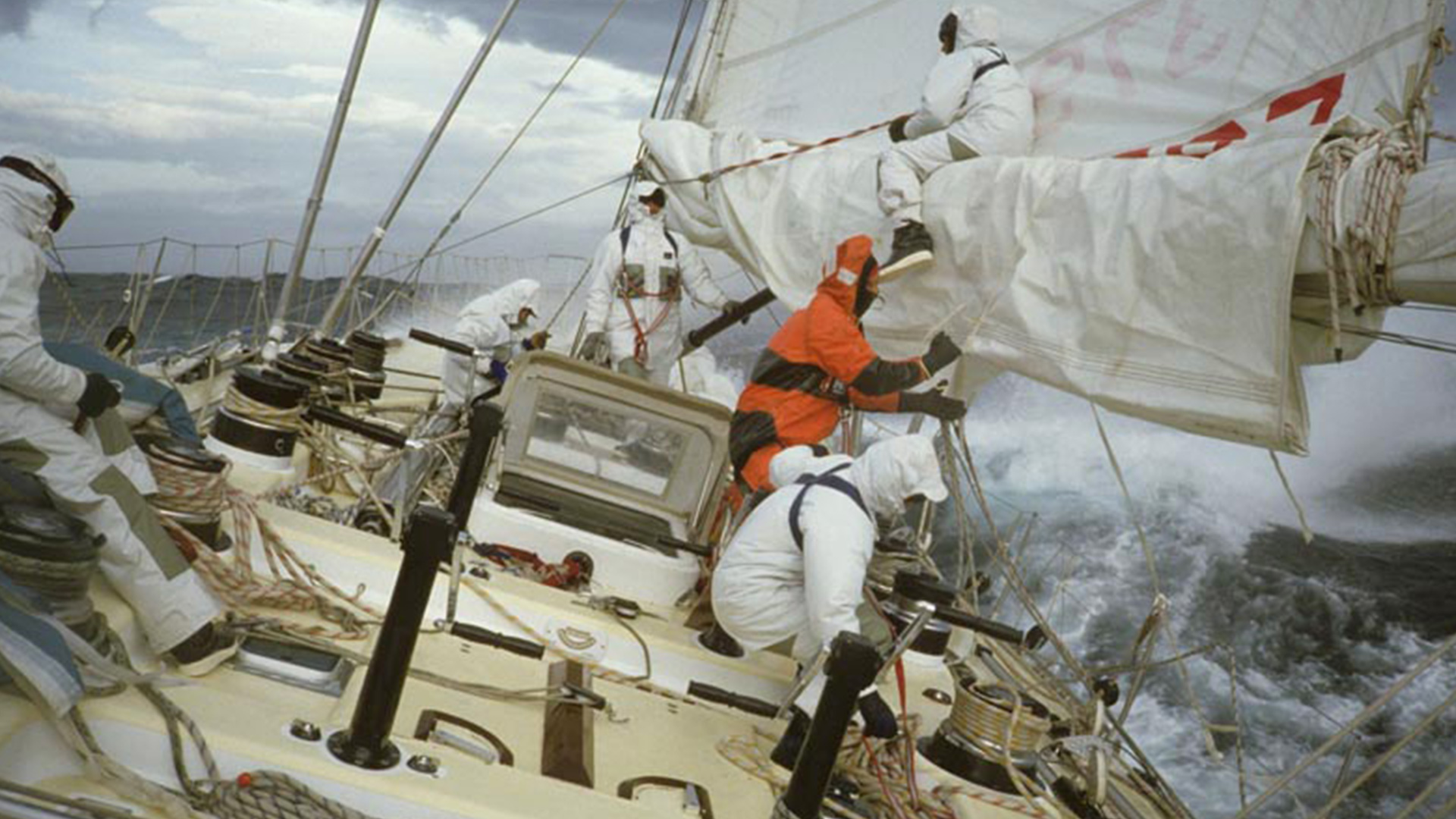
Sailing in polar regions is unlike sailing anywhere else in the world. What are some of the most challenging aspects of taking a yacht through polar waters and how have you overcome these challenges in the past?
Accepting you have a yacht that is suitable for polar travel in the first place, the fundamental difference of taking yachts (motor or sail) into polar regions is the need for self-sufficiency in all things. Unlike in the usual cruising areas where marine services are easily found, you are truly on your own far south and high up north. This means doing a study of the things that can go wrong technically and having preparations in place for all possible outcomes. ‘Fix it’ protocols and the ability to make running repairs (which sometimes become extraordinary jury rig arrangements) are pivotal in not compromising the voyage and itinerary.
A detailed list of preparations is too extensive for this narrative, but I can safely say it will run into hundreds of extra things and enhancements to consider within some general categories of; technical systems on board, tenders, below-the-waterline repairs, clothing, stranding equipment, heating systems (at last two), watermaking ability or gathering and special equipment for facilitating what the cruise is intending to do; for example mountaineering and skiing, diving, kayaking, photography, camping etc. This activity category is important because, for me, every voyage to high latitudes needs some kind of focus other than sightseeing in order for people to really appreciate these special and sometimes challenging environments.
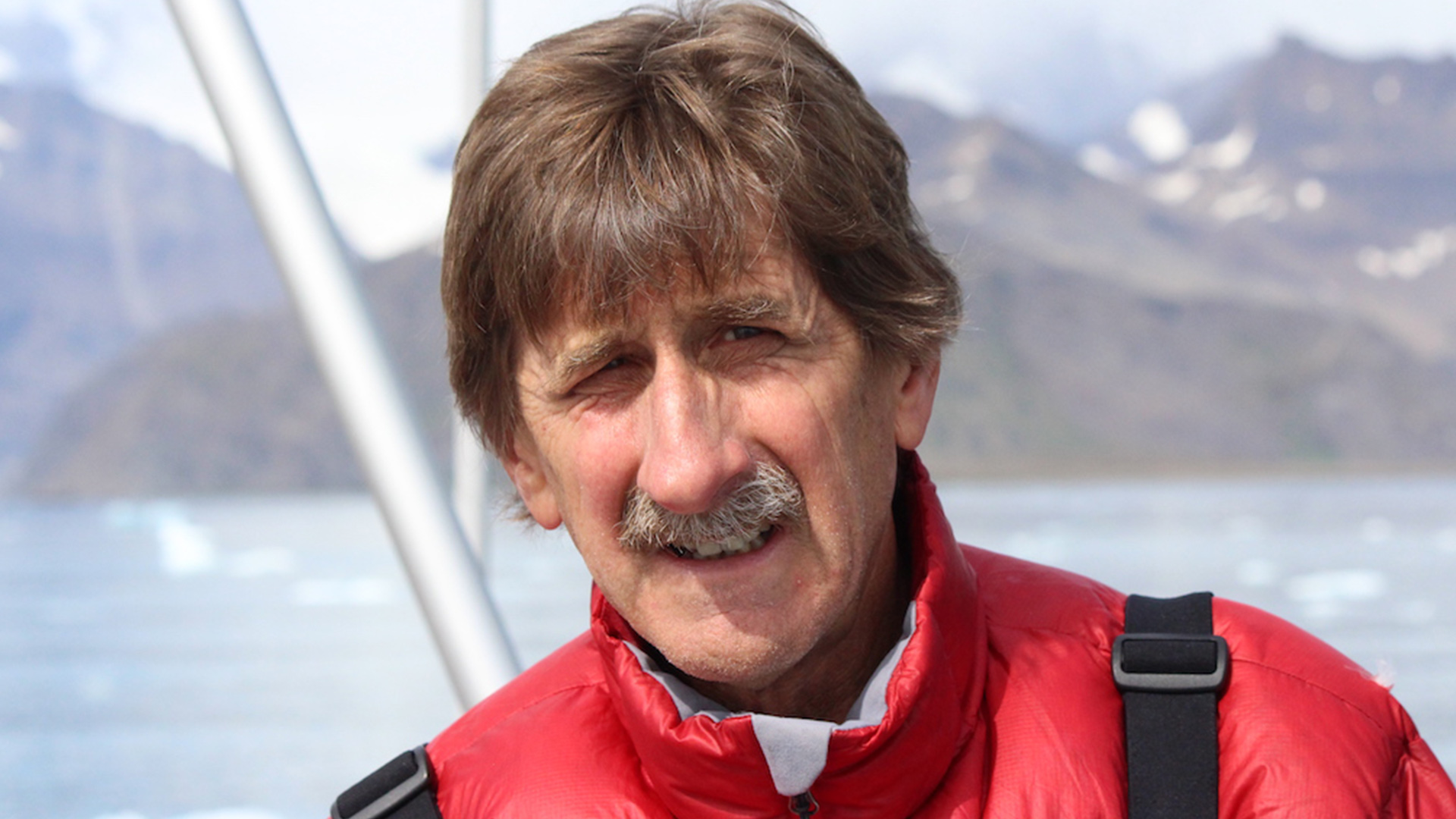
How does your experience in polar sailing translate to your role as Director of Sailing Operations for EYOS? How do your past voyages factor into designing and coordinating luxury expeditions for EYOS clients in remote areas?
I suppose that my biggest value of being the Director for Sailing Operations within EYOS is that I speak the same language as the skippers and crews of the sailing super yachts. Many are my ex-ocean racing mates from decades ago! Beyond motoring, which frankly many sailing super yachts spend a lot of their time doing, the idea of hoisting sail is attractive for the guests and the crews. And it is exciting to be sailing across the Drake Passage to Antarctica or a longer haul to South Georgia. For me it is very much part of the story – the voyage to get there and the arrival where all this splendor in those two places is revealed. However, it is not always a milk run. It can be bumpy and seem dramatic but with any perceived ‘pain,’ there are immense gains in having done so. My job is to coach the skippers and crew on what is and what is not possible with sailing superyachts in these high-latitude destinations. This is certainly the case with handling drift ice. I find many skippers are overly paranoid about what their vessels can handle – the fact is, ice neither scratches the paint nor dents the hull if piloted correctly!
You began your career exploring the polar regions in the 80s. How has sailing in those regions changed in the time since? How have the regions themselves changed?
Having started my polar sailing career back in the late 80’s, I have witnessed climate change first hand in making repeated trips to the same areas. Glacial features have changed dramatically since then, but there is still no shortage of ice and snow! Wildlife concentrations have been affected – mostly losers but some winners. The biggest change is clearly the focus on these areas for general tourism, where the tourist numbers from 1990 to 2023 speak for themselves. Back when I started we rarely saw a cruise ship or another yacht. Now, it is difficult to achieve a sense of remoteness unless you push the boundaries a bit and are very clever. This is where the expertise of EYOS comes into play working with the captains of these vessels in going to places that are neither evident nor ‘on the map.’ And, with the stable of experts in special fields onboard, the guests are in some part (always safely) taken out of their comfort zone, making these expeditions a memorable experience.
As a seasoned explorer, you’ve likely witnessed the polar regions evolve over time. How do you envision the future of polar sailing and exploration, considering the ongoing changes in these environments due to climate change?
The future of polar travel will no doubt become more regulated, not less. This is clear from ongoing discussions and initiatives from the Antarctic Treaty System, the South Georgia Government, and all the Arctic sovereign nations. Tourism (as we are all tourists) is high on the agenda of all those entities. Tourism growth is a constant concern which many assume affects concentrations of wildlife. With more traffic in all its forms, comes more types of pollution that are difficult to address, i.e. anti-fouling paint leaching from shipping and noise pollution from the same. Not least of all biosecurity protocols will become more stringent in hopes of preventing alien species invading these areas. Recently, avian flu is a threat, and visitors can be a vector. Search and Rescue (SAR) is continually discussed by everyone as statistically things will happen so preparedness is key. Although both the International Association of Antarctic Tour Operators (IAATO) and the Association of Arctic Expedition Cruise Operators (AECO) have kept pace with these issues over many decades and have self-regulated to a great extent, more pressure will be brought to bear. Therefore, for operators like EYOS it is incumbent on them to be at the front line of these discussions so that they are always operating ethically and safely within what is allowed as things evolve.
